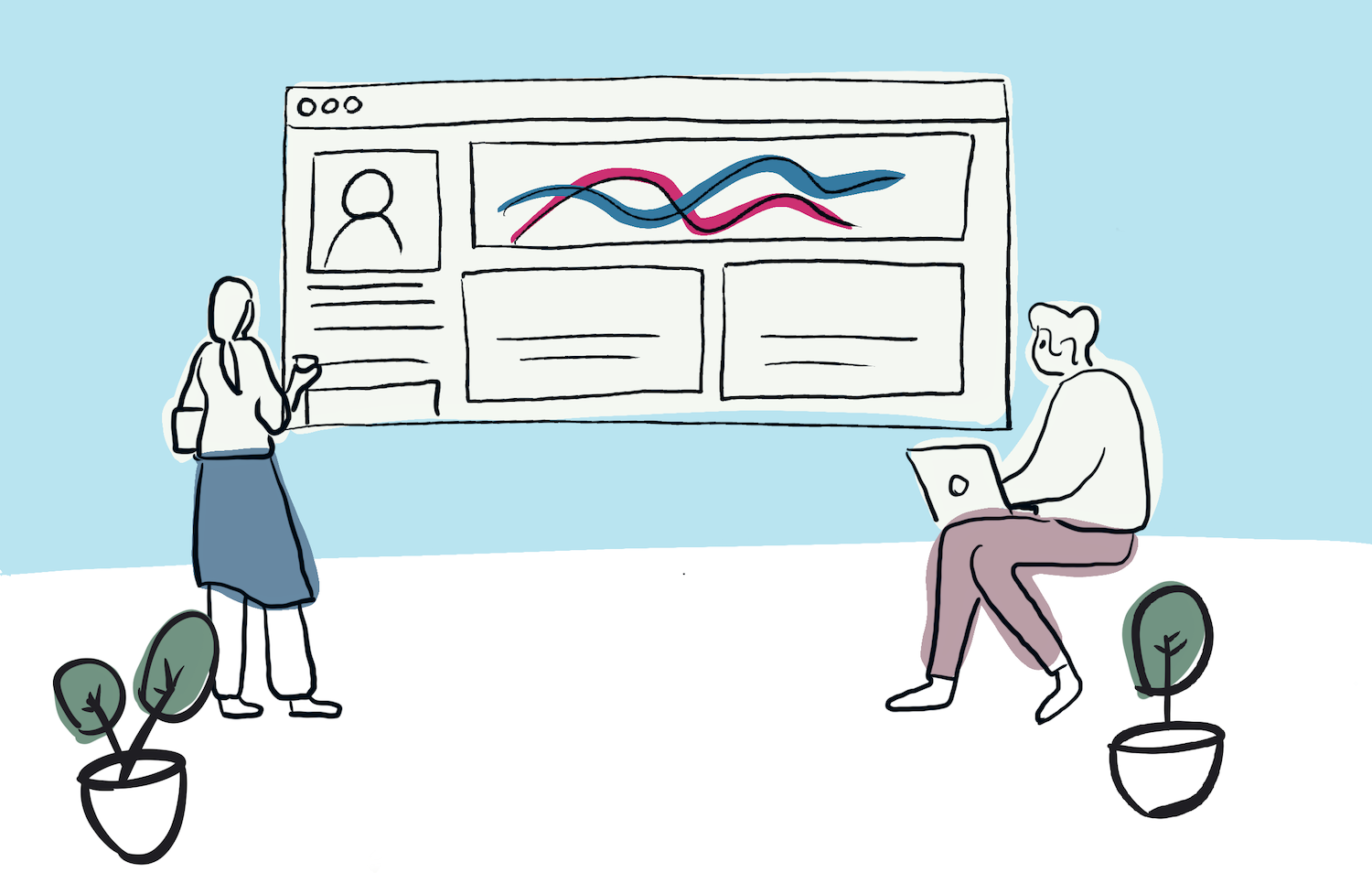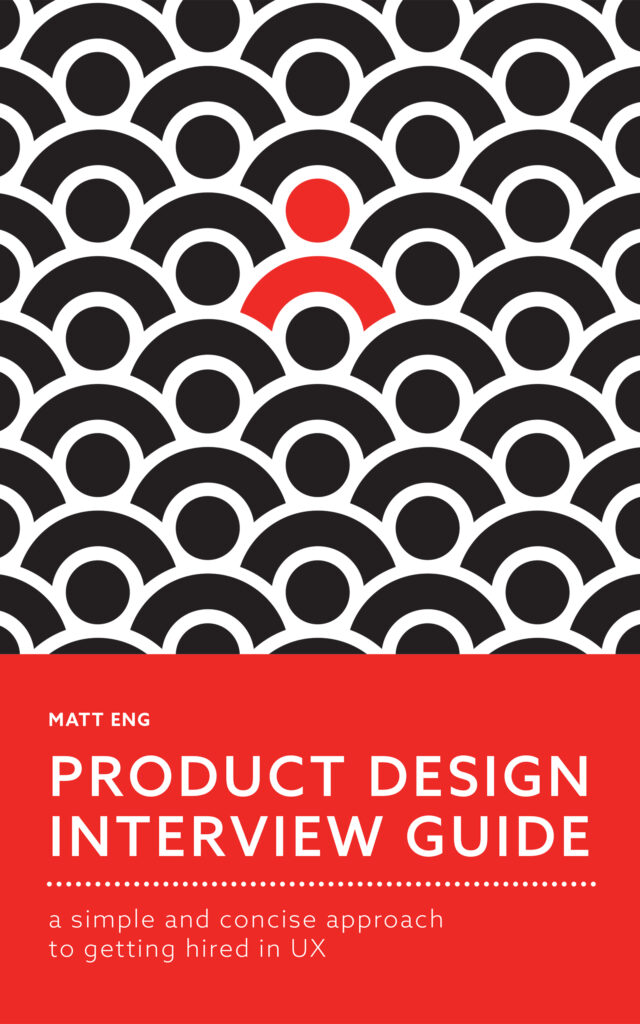As a UX design practitioner and educator, I have met dozens of aspiring Designers from UX bootcamps, and I have watched them transition from student to a full-time designer in the field. A lot of those interactions have inspired the content of this site.
Recently, I intentionally reached out to over 20 students in UX bootcamps to learn more about what their key questions and concerns are in the current state of the industry*. Below is a summary of the results and insights from those surveys and interviews.
What is UX design
UX (User Experience) Design is the discipline of enhancing a product for its users by helping them solve problems and meet their needs through refining usability, accessibility, and desirability. UX design draws on a number of perspectives that make up an experience. These include but are not limited to brand, business, environment, devices, packaging, retail, customer service, and back-end systems.
To learn more about the basics, check out this article on Wikipedia. If you want to dig into the design principles that UX designers should follow, I’ve found this resource, Laws of UX helpful to align a team around design decisions.
Are you new to UX? I’d love to learn more about your experience in getting into the industry. Take a few minutes to fill out this survey. Read more about getting your portfolio ready.
How much do UX designers get paid
On average, what does a UX designer make? The average salary for a UX design has risen steadily over the past few years. The tech field is booming and the demand for these skills has continued to grow*. Companies are competing for a limited talent pool, and they are struggling to fill positions with qualified individuals who can work effectively with developers and product managers.
The average UX designer salary in the U.S. is between $74,000 to $90,000*.
Average salary by experience
Read more about salary by title, company size, and location.
How has the demand for UX design positions grown
As of writing this post, there are 1.3 million UX professionals on LinkedIn and over 300,000 live in the United States. The current approximate number of open positions is 3000.
Sources:
LinkedIn: 3056
Indeed: 3023
Glassdoor: 3940
What is the demand for UX bootcamps
I could not find clear data for UX specific bootcamps and courses. The industry tends to cater to practitioners in software. So, they offer training in coding, product management, project management, and UX design. That said, the demand for bootcamps is growing to fill the skills gap. As of 2018, it was measured as a $240 million industry that expected to train over 20,000 students to enter the workforce.
Who are these graduates of UX bootcamps
Recently, I had the opportunity to survey and interview 20 students from General Assembly in Austin, TX. My goal was to learn more about their backgrounds, why they were seeking a career in UX, and what were their questions as they prepared to apply for jobs.
Are you a UX design student? I’d love to hear from you.
The students’ backgrounds
Some of the participants’ past job experiences included a real estate agent, retail worker, patient coordinator, and customer service. 70% said that they were in their past careers for under five years.
What are their questions and concerns
The participants ranked their top questions and concerns about entering the job market. Over 80% of them felt they needed to know how to best show their understanding of the UX process. 65% of responses highlighted their concern for being able to show how their past (non-tech) experience was relevant and transferrable.
Their most pressing questions
Their top concerns
What support did they want after bootcamp
Upon completing their program, the participants rated their top support needs as they enter a new field and are also building a new network. Two key areas stood out in this area: making connections in the industry and getting help with interviewing. 70% of the graduates rated the need to find mentors who could also connect them with tech companies as very important. 65% said that they need help with portfolio feedback and practice presenting their portfolios during interviews.
There is a huge demand for UX designers as companies embrace software solutions in their strategies. Aspiring UXers have a number of options to start a career in this industry. The key is to better understand how each path will impact their ability to learn, practice, and eventually master desirable skills for potential employers.
*I began writing this post while in self-isolation during the Covid-19 pandemic. The current number of people who have filed for unemployment has topped 33 million.
Sign Up Today
Get insights and resources in your inbox before I publish them!

